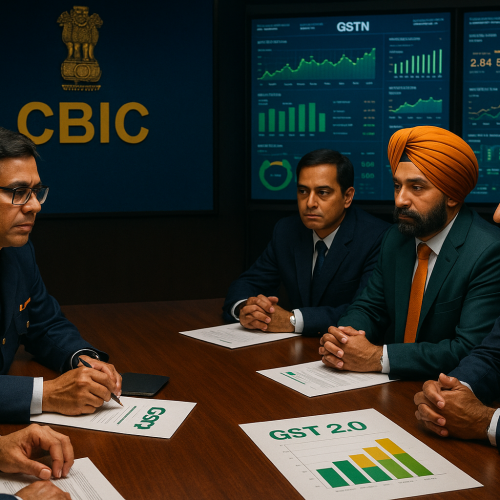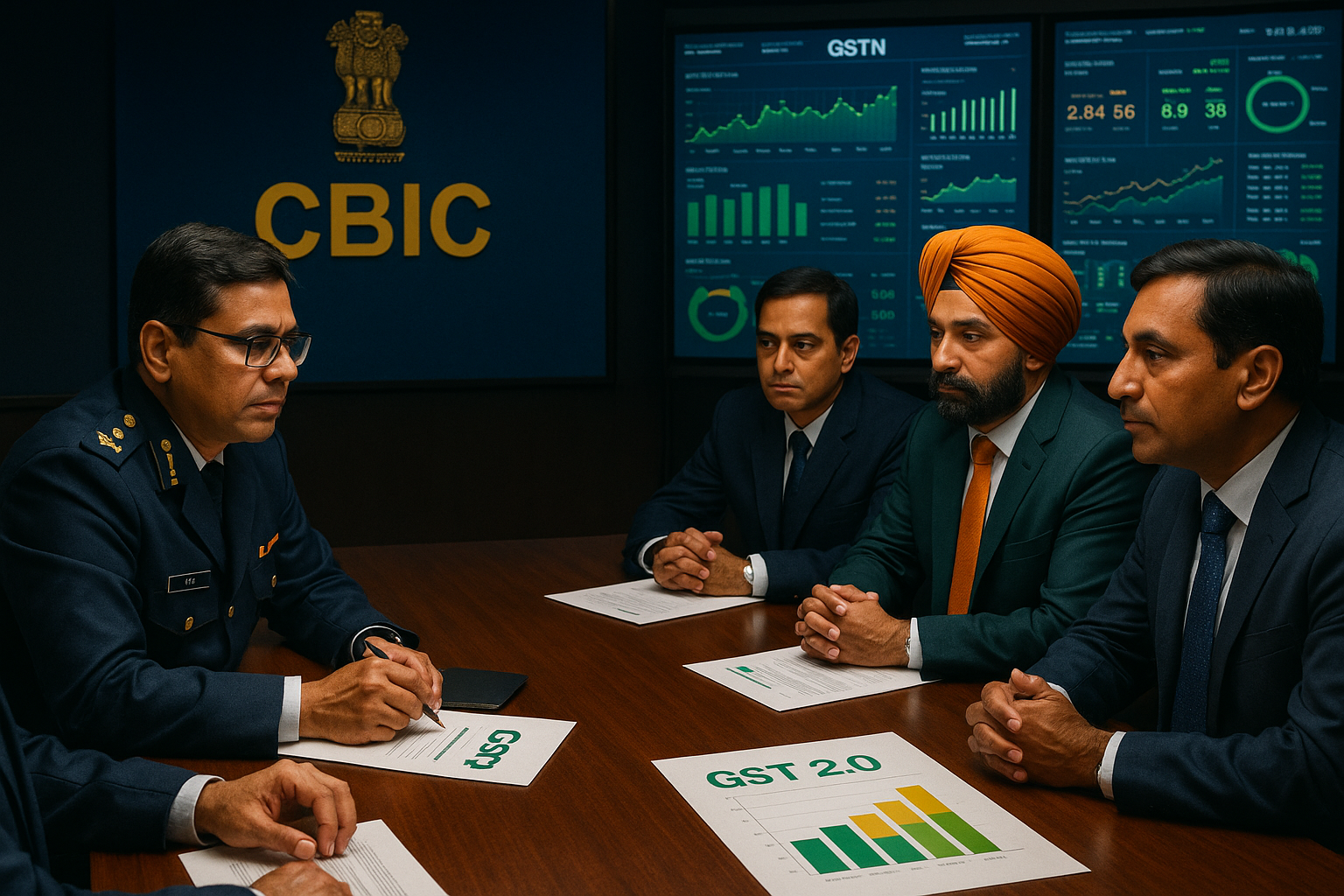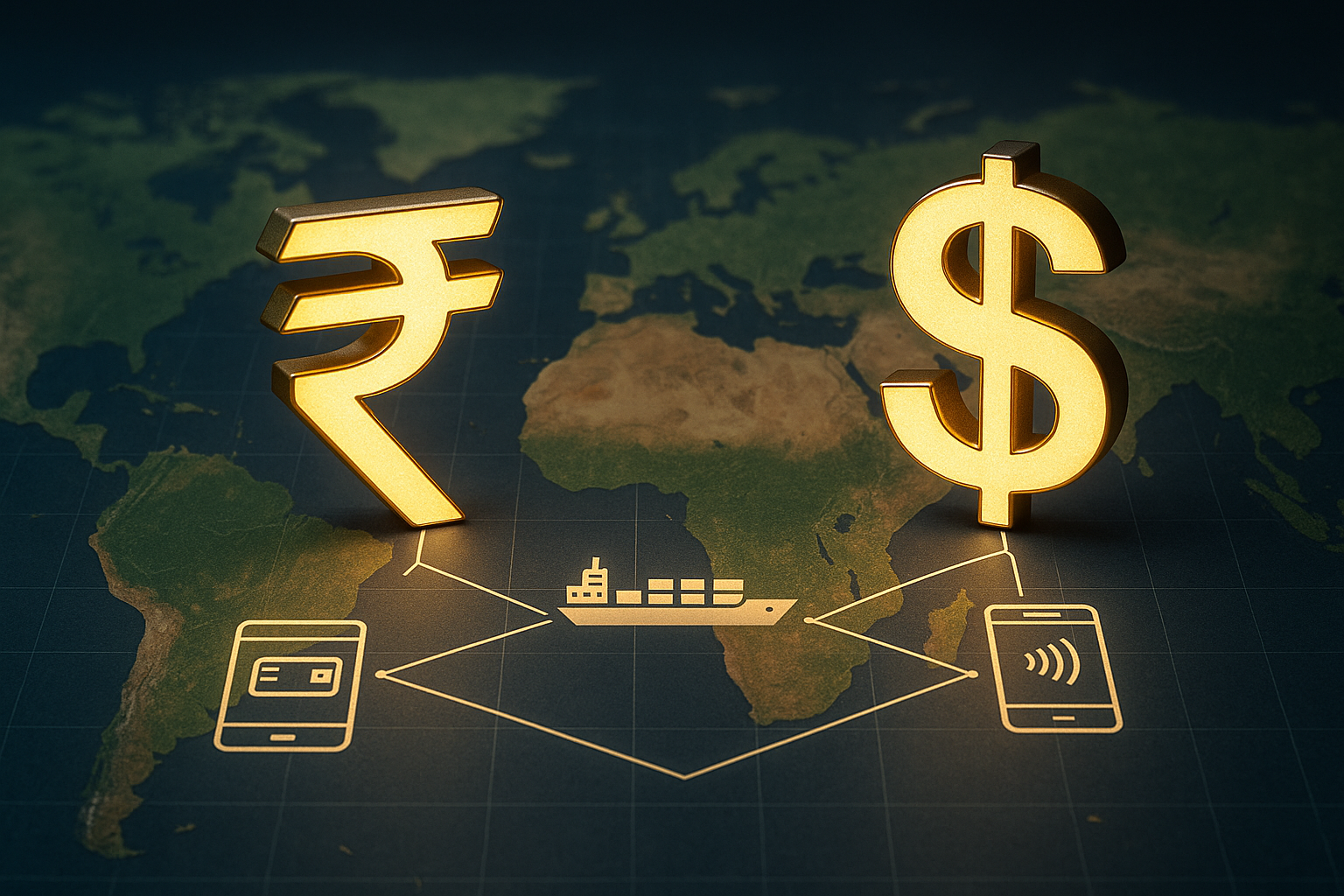As the global finance sector embraces decentralization and transparency, Indian banks and financial institutions are actively exploring blockchain and Decentralized Finance (DeFi) to revolutionize cross-border payments, smart contracts, and secure digital record-keeping. While regulatory uncertainties around crypto remain, enterprise-grade blockchain applications are gaining traction across private banks, fintechs, and central banks. The next decade could mark a significant transformation in how value moves across India’s financial system—enabled by distributed ledgers and programmable finance.
Background and Context
Blockchain first gained attention in India through crypto-assets like Bitcoin and Ethereum. However, regulators like RBI and SEBI have drawn a clear line between speculative crypto and utility-based blockchain.
Post-2018, financial institutions began piloting permissioned blockchain networks for secure, auditable, and cost-efficient financial operations. In 2021, RBI formed a Blockchain Exploratory Group, and by 2024, multiple proof-of-concept (PoC) projects were launched in settlements, trade finance, and KYC.
Now, in 2025, adoption is entering a more practical, regulated phase, with DeFi principles inspiring innovation in lending, insurance, and remittances—minus the crypto exposure.
Key Use Cases of Blockchain and DeFi in BFSI
1. Cross-Border Payments and Settlements
Indian banks are working with SWIFT GPI, RippleNet, and JP Morgan’s Onyx to enable real-time global transactions at reduced cost and friction.
Federal Bank and IndusInd Bank are piloting blockchain corridors with UAE and Singapore for SME remittances.
2. Smart Contracts for Trade Finance
ICICI Bank and HSBC India use blockchain-based smart contracts to:
Automate Letters of Credit (LCs)
Reduce processing time from 7 days to 48 hours
Eliminate document fraud
3. Record-Keeping and Audit Trails
YES Bank, Axis Bank, and RBL Bank use private blockchain to:
Maintain tamper-proof audit trails
Log mortgage or collateral records
Enhance transparency in microloan servicing
4. DeFi-Inspired Lending Platforms
NBFCs are exploring tokenized lending models where digital assets are collateralized for microloans.
Fintechs like Defy, Persistence One, and Credefi are experimenting with on-chain credit scoring and smart contract enforcement.
“DeFi principles are reshaping how we design financial rails—even if we’re not calling them DeFi,” said a lead blockchain architect at a top private bank.
Regulatory Stance and Public Sector Involvement
RBI’s Project UDGAM and Digital Rupee pilots are the foundation for tokenized payment layers.
SEBI has tested DLT for fund settlements and insider trading surveillance.
IFSCA at GIFT City has allowed sandbox testing of tokenized securities and blockchain-based fund management under a “regulated DeFi” structure.
“DeFi can’t be imported wholesale into India’s regulated system—but we can adapt its architecture responsibly,” said a senior IFSCA officer at GIFT City.
Public and Private Collaborations
BankChain Consortium: A 37-member network including SBI, HDFC Bank, and Bank of Baroda exploring blockchain use cases.
Tata Consultancy Services (TCS) and Infosys Finacle are developing blockchain solutions for syndicate lending and invoice discounting.
NPCI is reportedly evaluating DLT infrastructure for a blockchain-based UPI layer by 2026.
Social Media Reactions
@CryptoInfraIN
“Blockchain ≠ Bitcoin. Indian banks are already using DLT for remittances, LCs, and mortgage records. #RealUseCases #BlockchainInBFSI”
@GIFTTechVoice
“Tokenized lending, smart insurance contracts, and instant forex on-chain? DeFi is inspiring a smarter, safer BFSI. #IndiaBlockchain”
@RBIUpdates
“Our digital rupee and UDGAM are steps toward a programmable, transparent banking future—built responsibly. #CBDC #DLTIndia”
Challenges and Limitations
Scalability: Permissioned blockchains can face transaction bottlenecks as volume scales.
Integration Issues: Legacy BFSI systems lack APIs to connect with DLT infrastructure.
Regulatory Gray Zones: DeFi-lending startups operate in a compliance grey area without NBFC licenses.
Talent Shortage: India lacks sufficient blockchain engineers with BFSI domain expertise.
Future Outlook
Tokenization of Real-World Assets (RWA): Land records, invoices, mutual fund units will be tokenized for on-chain transactions.
Blockchain-based Credit Registries: Shared credit histories stored securely and accessed via smart contracts.
CBDC Interoperability: India’s Digital Rupee may plug into global CBDC corridors via blockchain networks.
AI + Blockchain: Autonomous finance tools for lending, KYC, and fraud detection powered by AI with blockchain-based auditability.
Conclusion
Blockchain and DeFi are no longer just buzzwords in India’s BFSI sector—they are blueprints for the next generation of secure, efficient, and programmable finance. From real-time international settlements to tokenized lending, institutions are adapting decentralization principles into their centralized environments. With the right regulatory framework and technology backbone, India could emerge as a global leader in responsible DeFi infrastructure.












